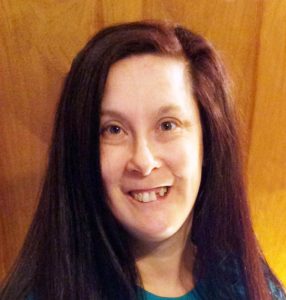 Synonyms
Synonyms
- ODDD
- ODD Syndrome
- Oculotdentoosseous dysplasias (ODOD)
Oculodentodigital Syndrome (ODDD) is a Rare Genetic Condition Characterized by
- A typical facial appearance
- Variable eye, tooth and finger involvement
Teeth
- Enamel hypoplasia
- Selective missing teeth
- Small teeth
- Premature loss of teeth
- Dental caries
- Taurodontism (pulp chamber in molar teeth is enlarged – reported in 1 patient)
Skin/Hair
- Yellow-orange thick skin on palms and soles
- Fine, dry, sparse, slow growing hair
Eyes
- Small cornea
- Small eyes
- Short opening between the eye lids
- Skin fold of the upper eyelid, covering the inner corner of the eye
- Glaucoma
- Cataract
- Iris anomalies
Head
- Microcephaly (small head)
Ears
- Abnormally shaped ears (in some patients)
- Hearing loss, conductive
Nose
- Small nares
- Thin hypoplastic alae nasi
- Narrow nasal bridge
- Thin, up-turned nasal tip
- Thin flap on the outer side of each nostril
- Prominent columnella (The tissue that links the nasal tip to the nasal base, and separates the nares. It is the inferior margin of the nasal septum.)
Mouth
- Cleft lip (1 case)
- Cleft palate (more common than general population)
- Broad alveolar ridges
Heart
- Rare defects
Abdomen
- Bowel dysfunction in some cases
Genitourinary
- Neurogenic bladder is some cases
Skull
- Excessive growth of bones in skull
Spine
- Excessive bone growth in spine
Pelvis
- Hip dislocation
Limbs
- The forearm is angled away from the body to a greater degree than normal when fully extended.
- The legs (the femur, tibia and fibula) are all long bones.
- The major bones of the arms (humerus, radius, and ulna) are broad.
Hands
- Abnormal shaped fingers
- Bent fifth finger
- Short middle phalanx (longest bone) of the 5th finger
- Short middle phalanx of the 5th finger
- Syndactyly of 4th – 5th fingers (fused)
Feet
- Syndactyly of 3rd – 4th toes
Neurologic
- Ataxia (lack of voluntary coordination of muscle movements that includes gait abnormality.)
- Basal ganglia calcification (calcium deposits in the basal ganglia)
- Cerebral white matter abnormalities
- Dysarthria (a motor speech disorder characterized by poor articulation)
- Hyperactive deep tendon reflexes
- Mental retardation (rare)
- Neurogenic bladder (lacking bladder control due to a brain, spinal cord, or nerve condition.)
- Paraparesis (partial paralysis of the lower extremities)
- Quadriparesis (Weakness of all four limbs, both arms and both legs)
- Seizures
- Spasticity (unusual “tightness”, stiffness, or “pull” of muscles.)
Miscellaneous
- Variable clinical symptoms
- Cardiac features are observed in ~3% of cases
- Neurologic features have been diagnosed in ~30% of cases
Diagnosing ODDD Syndrome
A physician can diagnose oculodentodigital syndrome on the basis of physical features.
Causes of ODDD Syndrome
ODDD is a condition caused by a change in the connexin 43 gene GJA1. A parent may pass the gene to a child or the gene can change in a child without either parent having the gene.
Genetic Testing
Testing is available for ODDD syndrome.
Inheritance
Oculodentodigital syndrome is an autosomal dominant condition. An affected individual has a 50% chance of passing the gene to a son or daughter.
Learn more about ODDD syndrome at Online Mendelian Inheritance in Man and Genetics Home Reference.